Throughout the last century, the Grafenwoehr Training Area has transformed from a small German artillery and maneuver training area into the premier U.S. Army training base outside the continental United States.
June 30, 1910 marked the birth of the training area, when Michael Kugler, a cannoneer with the Third Battery of the Second Royal Artillery Regiment "Metz," fired the first artillery shot from a Krupp howitzer.
The area was originally established to support the Royal Bavarian Army's 3rd Corps. It has served as a training ground for German soldiers in two world wars, a strategic American training post on the frontier of the Cold War, and most recently, as the centerpiece of multinational training and cooperation in Europe, Africa and the Middle East. It is now home to more than 25,000 Soldiers, Family members and civilians.
During World War I, the Bavarian army used the training area to position and train various units for deployment. The area covered approximately 22,486 acres, and extended from Grafenwoehr, to Weihern, to Haag and Hammergmuend. When construction on the training area began, more than 230 people from eight villages had to be relocated.
As combat operations increased, the military installation was also used as a prisoner-of-war camp for French, Russian, Romanian, British and Italian soldiers. Part of the prisoner-of-war cemetery near the dining facility remains as a reminder of those times. The number of German soldiers stationed at the Grafenwoehr Training Area decreased when the Treaty of Versailles was ratified in January 1920.
In 1936, the training area was significantly expanded to 56,000 acres, 51,650 acres of which were dedicated to training. The expansion included new barracks and stables, as well as a bunker system known as the "small Western Wall." Grafenwoehr became a key artillery, tank and maneuver testing and training area to support the growth of the German army prior to World War II. In 1937, South Camp near Vilseck was built in 11 months, and affected residents from 58 villages throughout 17 communities.
With the beginning of World War II, new German divisions were positioned at the training area for deployment to various areas in the European theater. The end of the war was marked in Grafenwoehr by two devastating allied bombing raids April 5 and 8, 1945. Several hundred people were killed, and many buildings at the training area and in the city were destroyed. After Germany's surrender in 1945, U.S. forces took control of the training area.
In 1947, the American occupying forces built the 7th Army's tank training facility in Vilseck. From 1950 to 1953, Camps Aachen, Algiers and Normandy were built using standardized stone buildings and the tent camps Tunisia, Cheb and Kasserine were constructed. These facilities combined could house 42,000 troops, and many unemployed Germans found work during the construction process. As the years passed, the occupying force turned into a protection force, an ally and most importantly, the largest regional employer.
In 1959, the tank-training center became the 7th Army Training Center, supervising the major training areas Grafenwoehr, Hohenfels and Wildflecken, as well as the 7th Army Combined Arms Training Center in Vilseck. Its primary mission was to prepare U.S. forces for what was thought at the time to be an imminent attack by Soviet forces from Eastern Europe.
Extensive modernization measures, worth more than $100 million, began in 1982. Ranges and training facilities that were expanded during the tenure of President Ronald Reagan helped turn Grafenwoehr into the most modern training area in Europe. 1985 marked the expansion and renovation of Rose Barracks (South Camp in Vilseck), to accommodate the 3rd Brigade, 1st Infantry Division, which touched off an economic boom.
The Army began construction of its "Efficient Basing-Grafenwoehr" program, or EG-B in 2004 to optimize U.S. installations in Europe, and bring a brigade with more than 3,500 Soldiers and 5,000 Family members to Grafenwoehr. Fifty new buildings were constructed on Grafenwoehr's main post, and about 100 existing buildings were remodeled or renovated. Twelve new barracks were built, along with a new physical fitness center, a large shopping center, a gas station, new company and battalion headquarters, maintenance buildings, motor pools and other facilities. A section of Camp Normandy was also renovated to house the Noncommissioned Officer Academy.
EB-G is complemented by a housing initiative totaling 1,600 housing units built by private investors. The largest housing area in the region, with 830 units, was built on Netzabert near Eschenback. Its central point is a village center with elementary and middle schools, a child care facility, a youth services center and a gas station with shoppette.
Three EB-G-related projects remain: Netzaberg Chapel, a human resources building, and a Directorate of Emergency Services fire/police complex.
Today, Grafenwoehr is a fully integrated, 90-square-mile training area-the largest overseas training facility in the Army. The Grafenwoehr military community is home to U.S. Army Europe's Combined Arms Training Center and its NCO Academy, the Joint Multinational Simulation Center and the Training Support Activity Europe, as well as the home station for the 2nd Stryker Cavalry Regiment and the majority of the 172nd Infantry Brigade Combat Team-nearly half of the Army's combat strength in Europe.
After 100 years, Grafenwoehr has become the Army's premier military community in Europe to live, work and train.
Sgt. Maj. Gerald Morgenstern is the senior range control officer and public affairs officer at the Office of the German Army, Grafenwoehr. Herbert Steinbeck, chief of the Master Planning Division, U.S. Army Garrison Grafenwoehr Directorate of Public Works, also contributed to this article.



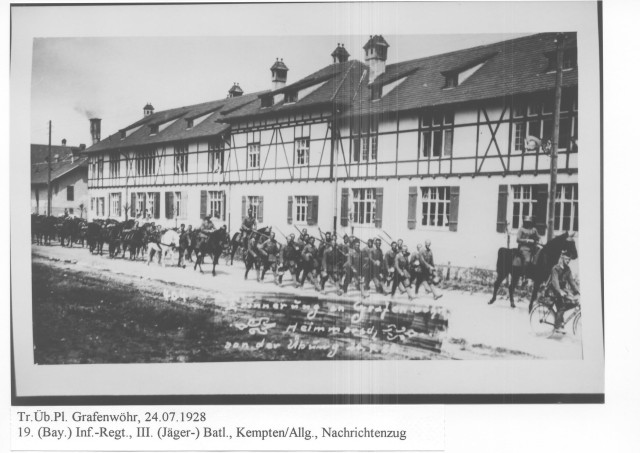
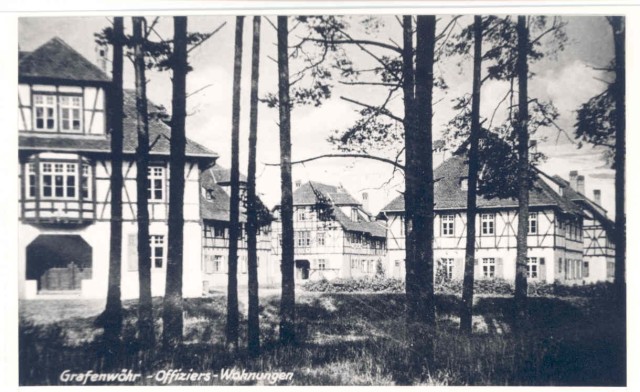


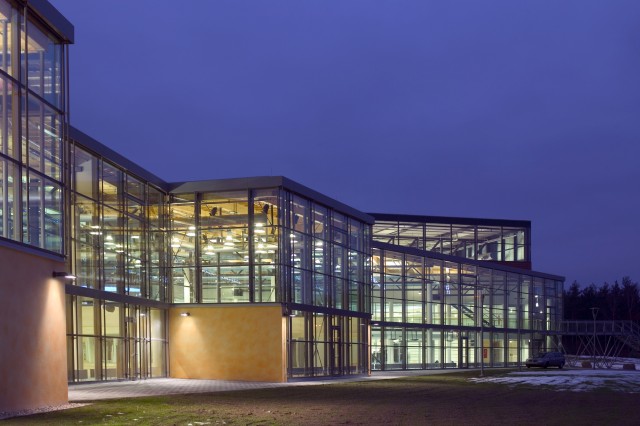
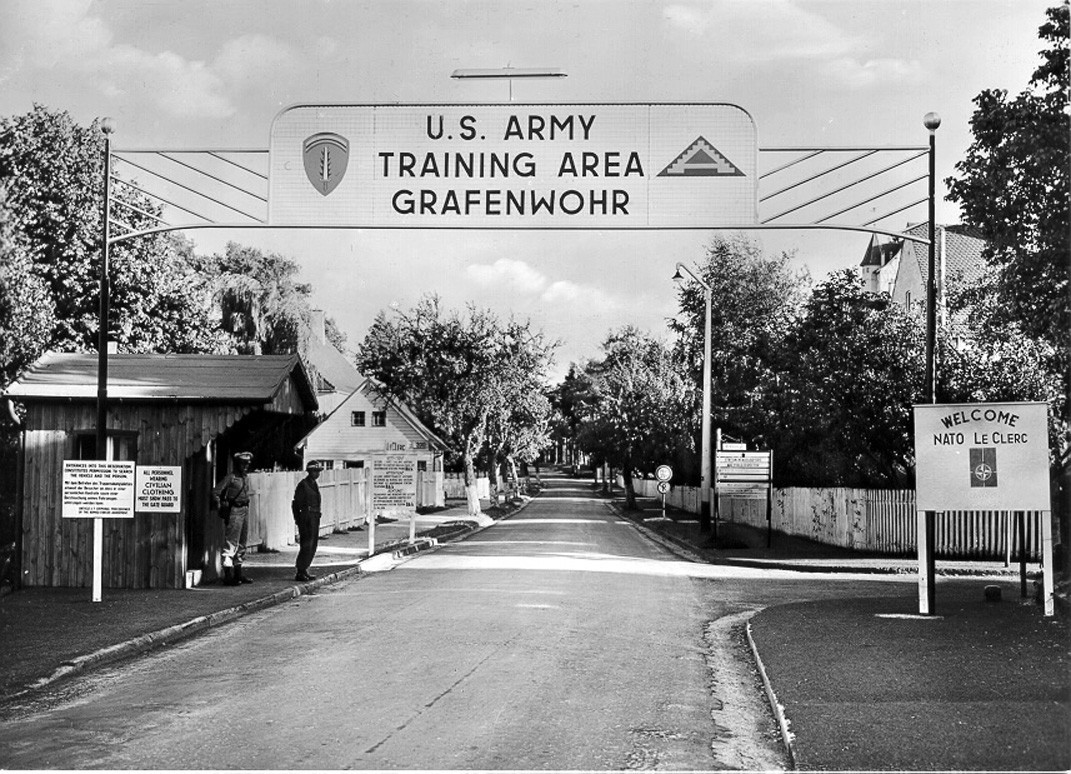
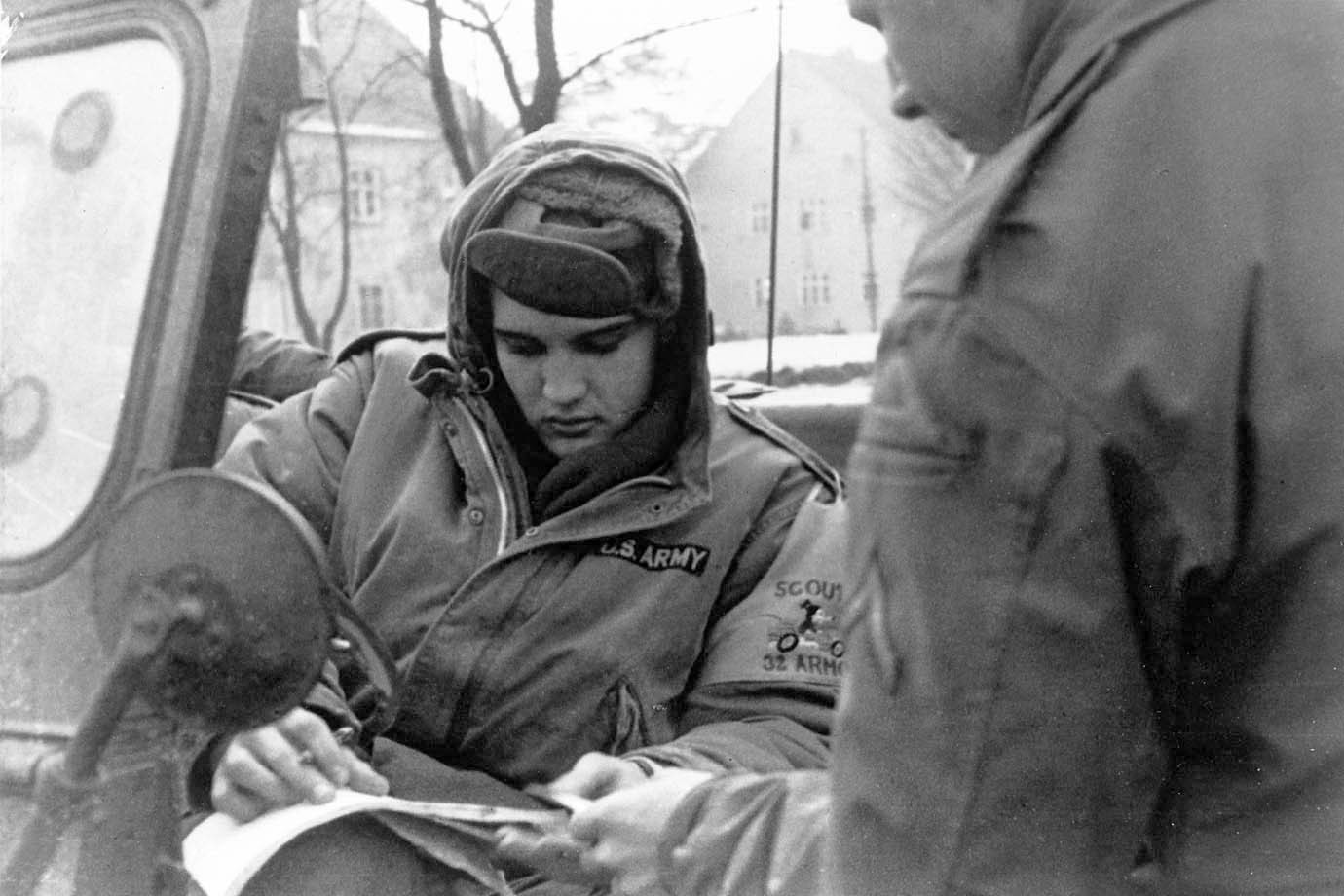

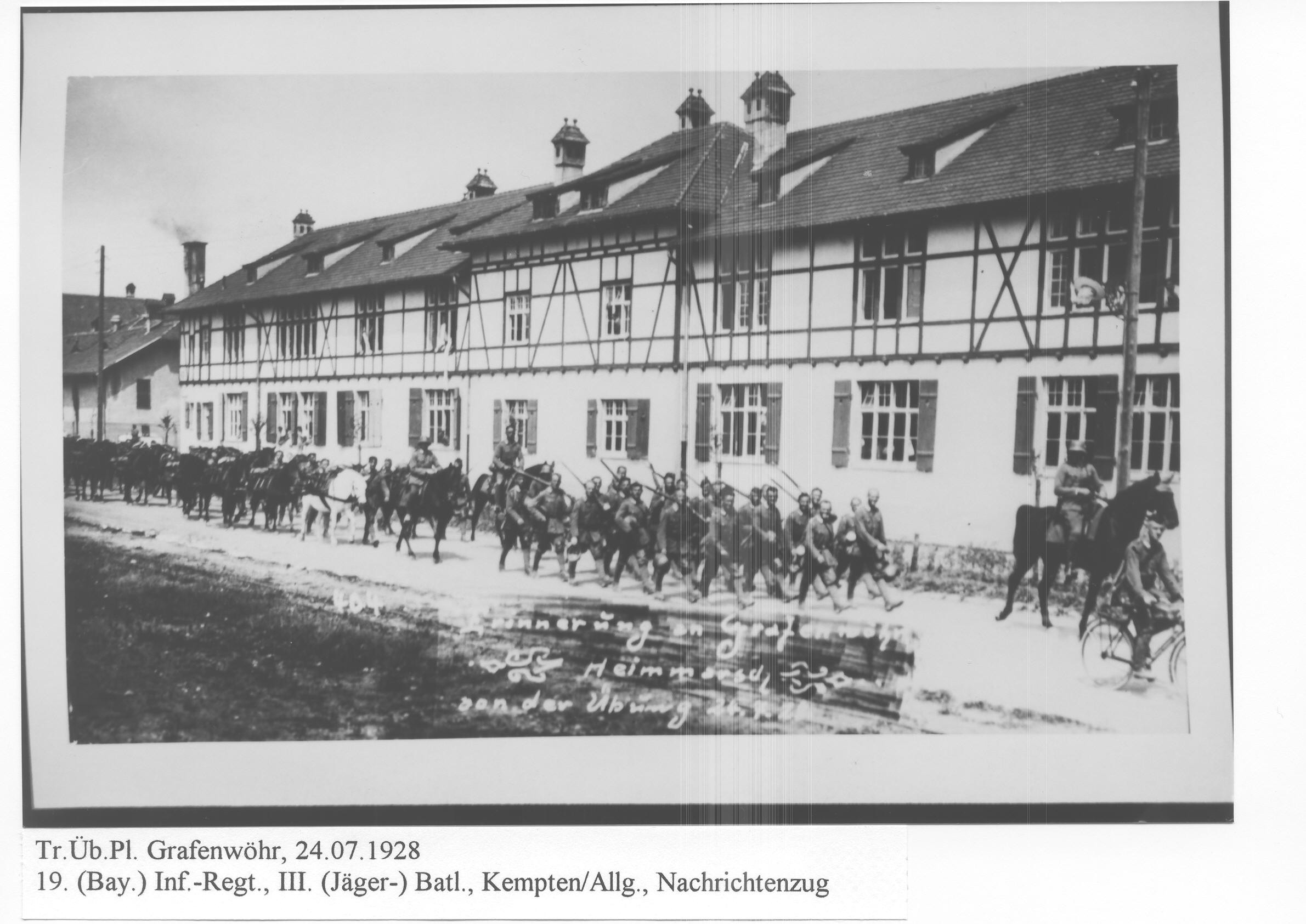


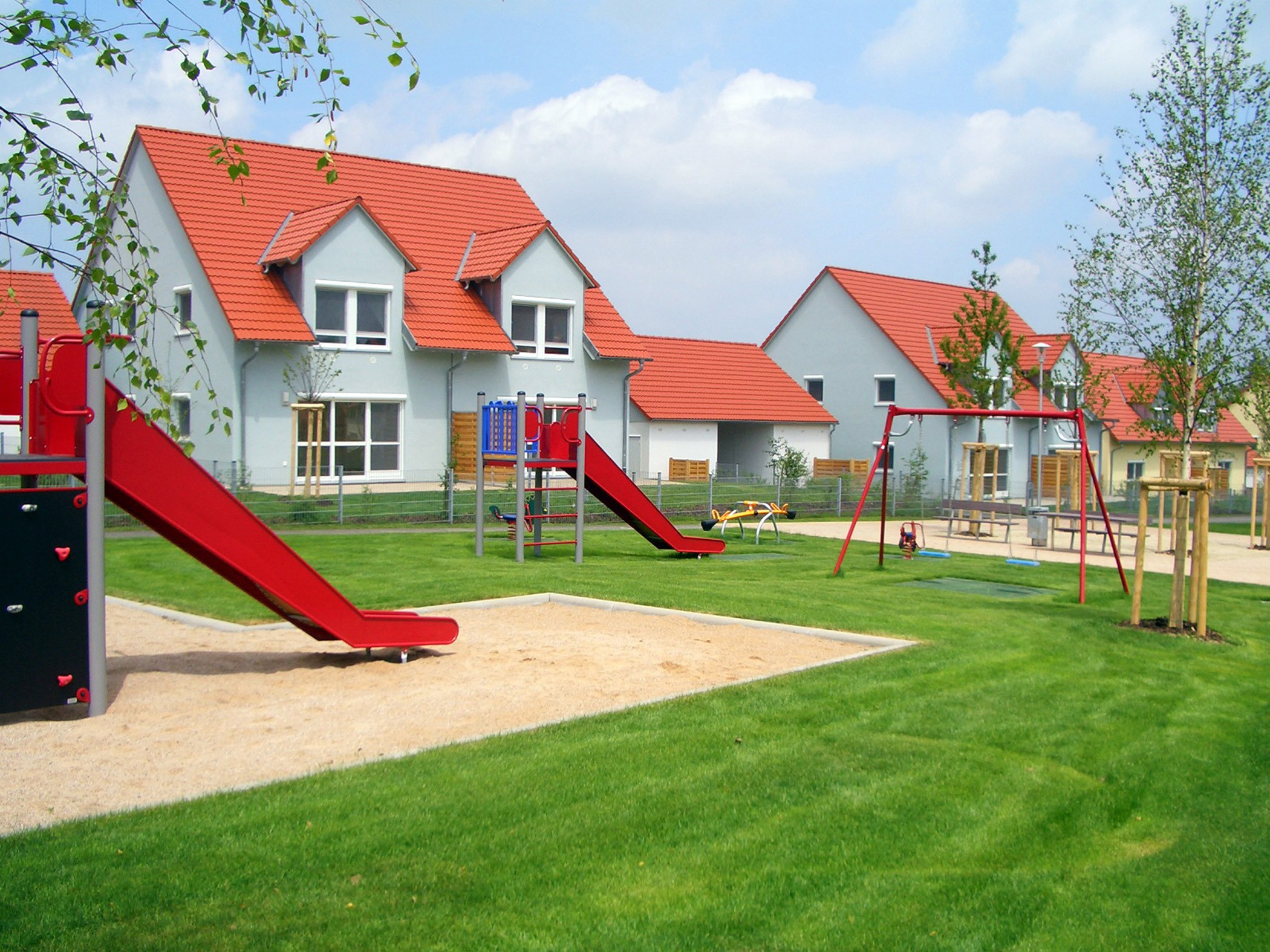
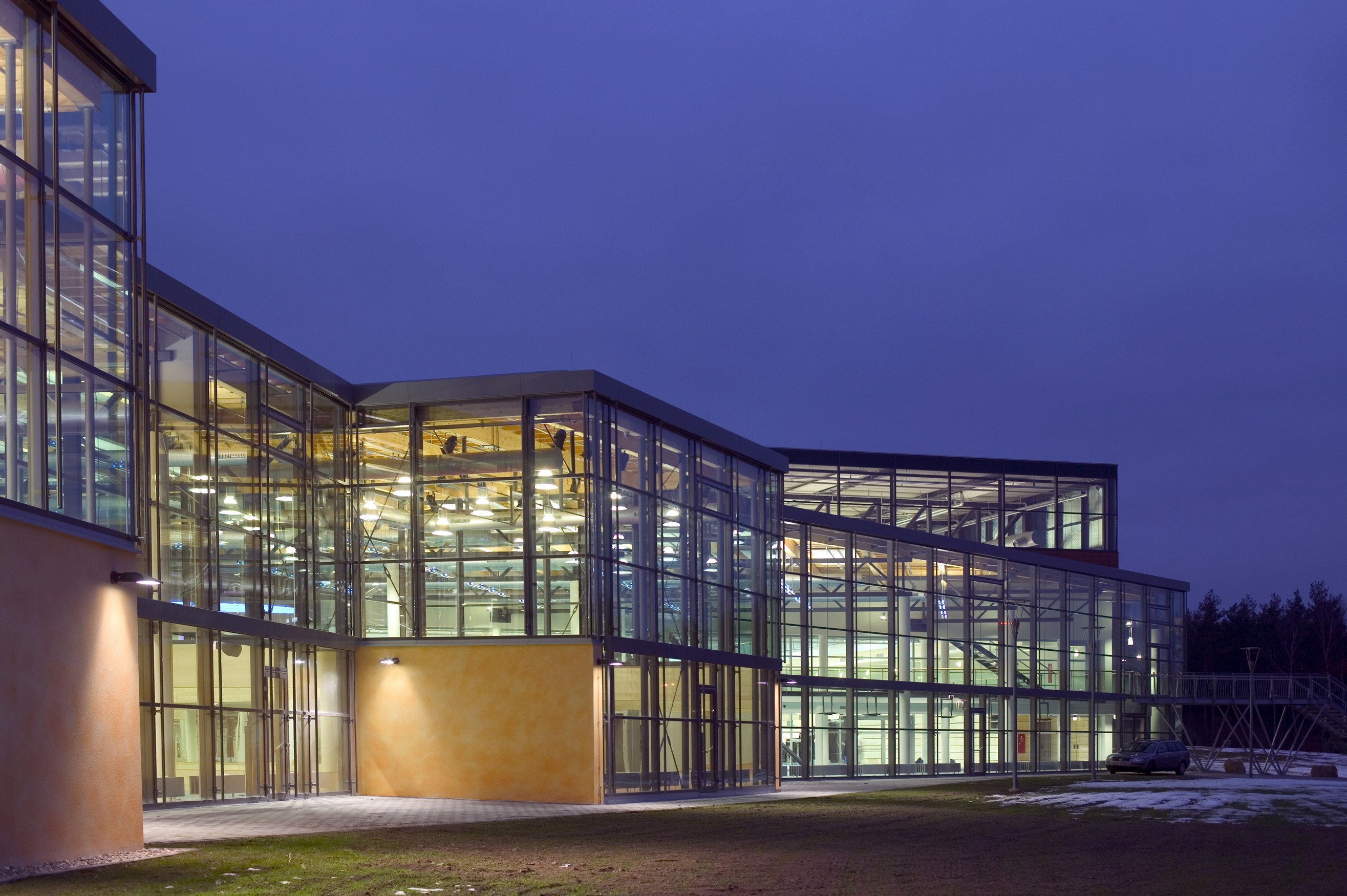
Social Sharing